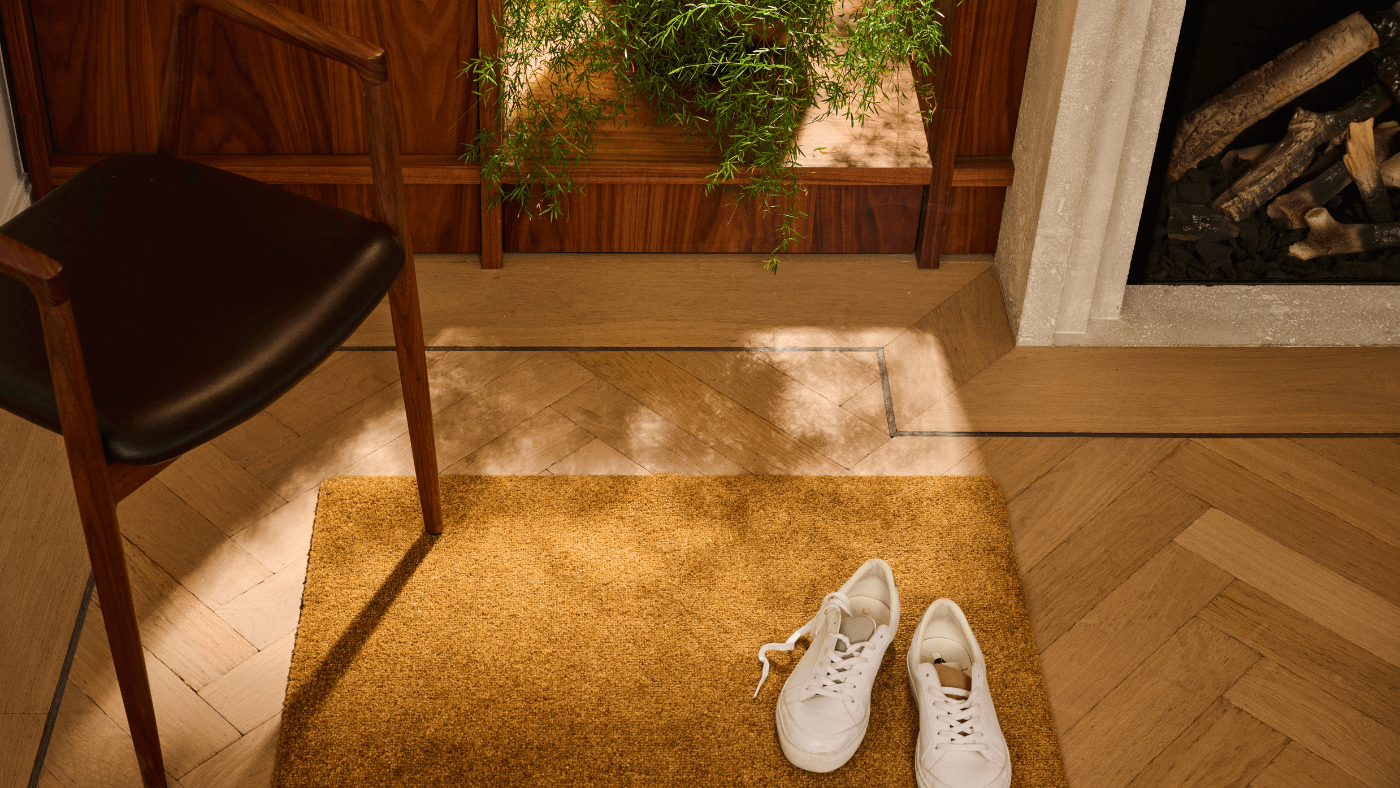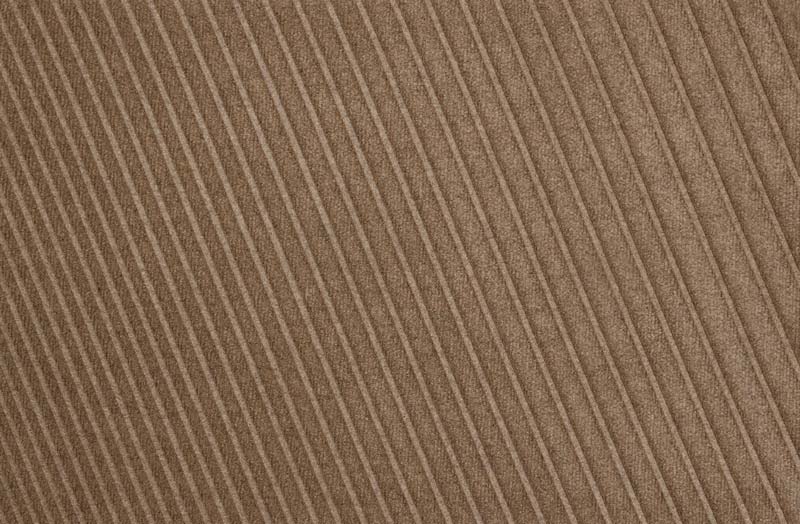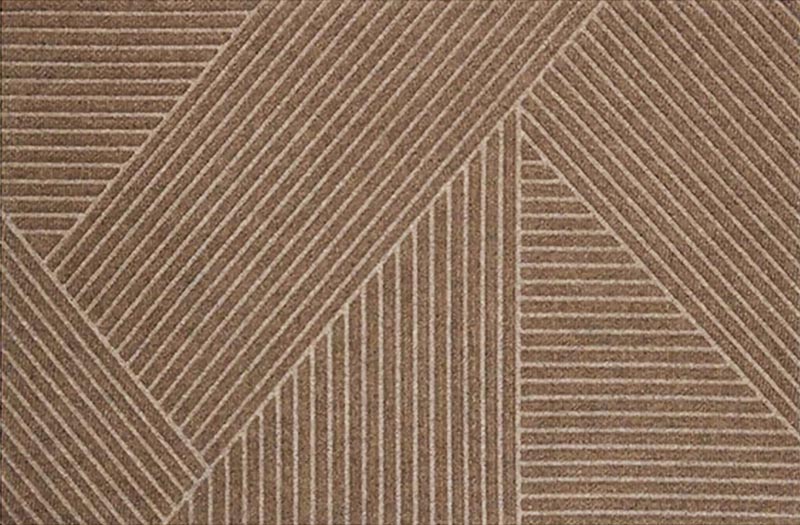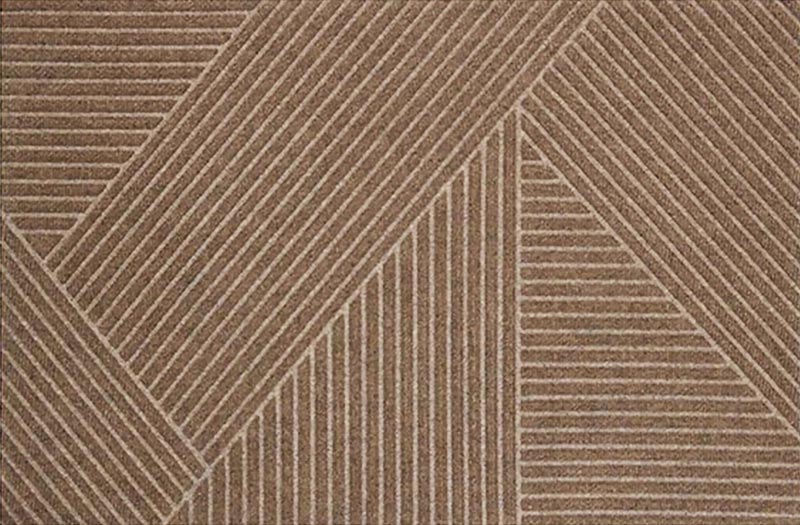Article: Indoor Door Mats: Which Material Actually Keeps Your Home Cleanest?
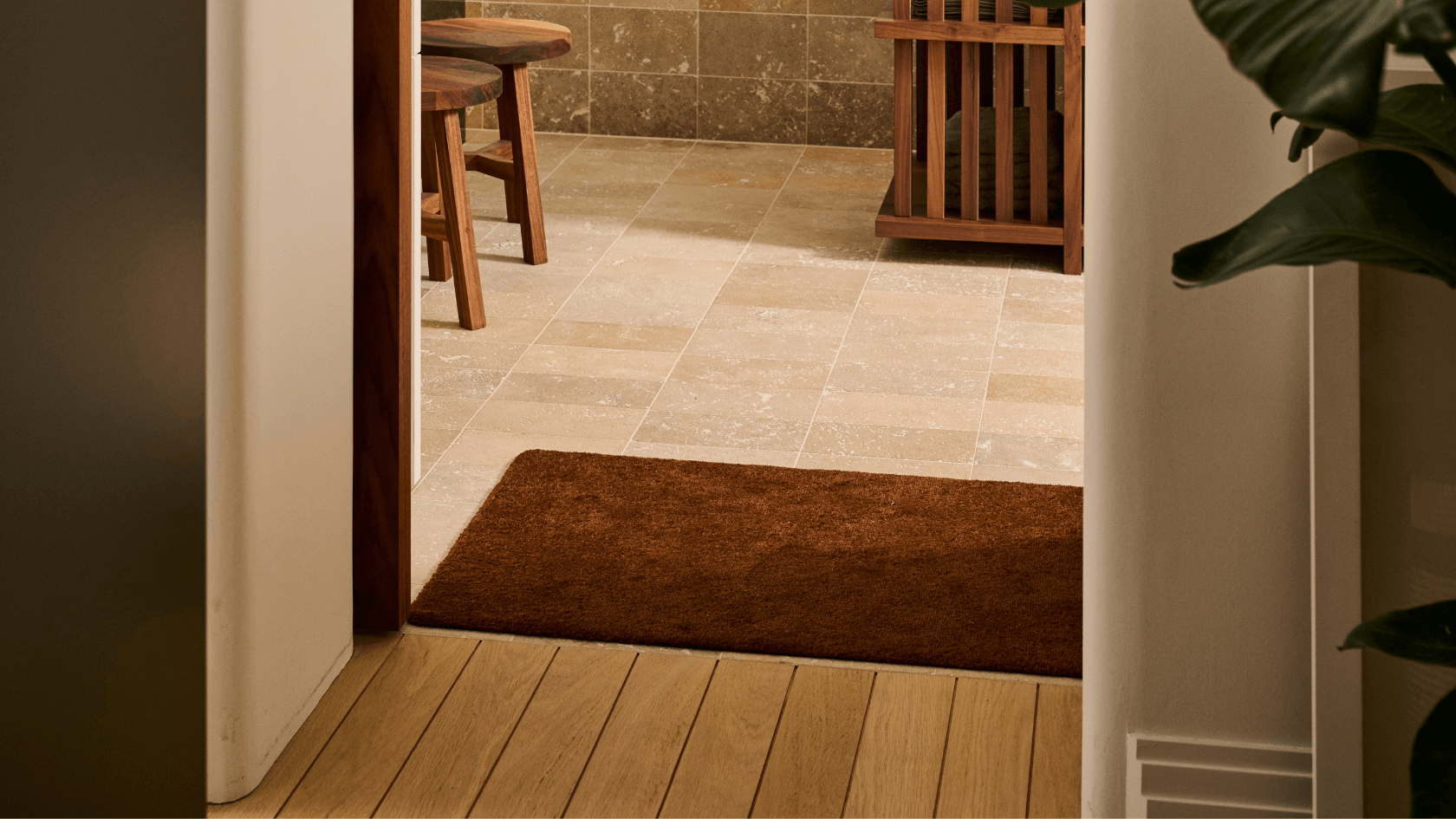
Indoor Door Mats: Which Material Actually Keeps Your Home Cleanest?
Door mats have evolved beyond their practical roots into design elements that substantially affect your home's cleanliness. Quality matting proves to be a smart investment that protects your interior floor coverings and reduces cleaning time.
Selecting the perfect indoor door mat can be challenging with prices between £12 and £60. We explore various mat materials thoroughly – from coconut husks that scrape off dirt effectively to recycled PET fibers that trap moisture. After reading this piece, you'll understand which material best suits your needs and keeps your home cleanest.
Before we dive on go ahead and read our article: Indoor Door Mats That Are Actually Washable: What to Look For This will give you a quick overview of indoor doormats before we deep into the types of mats you can get!
What Material is Best for a Door Mat?
Nylon & PET mats provide excellent resilience and resist crushing, which makes them ideal for busy areas like shopping centers and home entrances.
PET (Polypropylene): The Practical Choice
PET mats excel at removing dry dust with their rough texture. These mats cost less than nylon options while maintaining good durability. Retail spaces, offices, and homes benefit greatly from PET mats' performance.
Cough cough these are what WaterHog Mats are made from.
Cotton: The Comfort King
Cotton mats work best indoors because of their absorption capabilities. They soak up moisture and oily substances just like a towel.
What About Thickness?
In stark comparison to this common belief, thicker mats aren't always better. Short-pile mats often brush away dirt more effectively. Picture a short-cropped haircut – it's surprisingly bristly!
The Two-Mat Strategy
The best results come from using two mats at each entrance:
- A scraper mat (like PET WaterHog) outside handles larger debris
- An absorbent mat (like ColorStar) inside catches remaining moisture
Your door's clearance needs checking before you buy a mat. The perfect indoor mat balances function with practicality to keep floors clean while allowing doors to open smoothly.
How Do I Choose a Good Mat?
The perfect indoor door mat needs careful selection, and understanding different materials helps us make the right choice. Size is a vital factor – your mat should be large enough to cover the entrance area without becoming a tripping hazard.
How to Choose an Indoor Door Mat?
Your first step should be measuring the doorway carefully. A good rule of thumb suggests picking a mat that covers at least 80% of your door's width. Standard three-foot-wide doors need mats around 29 inches wide.
Consider Traffic Patterns
Think about who will use the mat regularly. Pet owners should look for materials that resist scratching and tearing. Homes with elderly family members or children need mats with slip-resistant backing to prevent accidents.
If you are a pet owner these mats might interest you! WaterHog Pet Mats
What Makes a Good Entrance Mat?
The best entrance mats should have these vital features:
- Non-slip backing that keeps the mat stable
- Effective dirt-scraping surface
- Moisture-absorbing capabilities
Location Matters
Your mat works best when placed about 1-2 steps away from the front door. More importantly, leave ¼ to ½ inch clearance to stop the door from catching the mat.
What is the Best Thickness for a Mat?
In stark comparison to this common belief, thicker mats aren't always better. Door clearance should be your first check – thick mats might block door movement. The sort of thing I love is finding a mat with a shorter, firmer pile that removes dirt effectively.
Maintenance Considerations
Your cleaning priorities should line up with your mat choice. Materials like polypropylene need simple vacuuming or shaking out, while others need more thorough cleaning. Busy households might want washable options that keep their non-slip properties even after multiple washes.
Note: Durability ratings matter, especially in high-traffic areas. Quality synthetic mats usually last 3-5 years with proper care – they're a great investment.
What Makes a Good Entrance Mat?
Quality entrance mats do more than just say "welcome" – they serve as your first defense against dirt and moisture. Understanding what makes an indoor door mat work can save you countless cleaning hours and protect your floors for years.
What Makes a Good Entrance Mat?
Core Components of Excellence:
- A non-slip backing that stops movement and curling
- High-twist heat set fibers that stand up to crushing
- Strong moisture-wicking abilities
What Material is Best for a Door Mat?
Microfiber / Cotton makes the most effective indoor door mats. These ultra-fine fibers (thinner than 1.0 denier) create a powerful capillary effect that traps both dirt and moisture with amazing efficiency. They also dry three quite quickly so bonus points.
Outside options you are never going to beat WaterHog, Bi-level design, and the rough texture of PET.
How to Choose an Indoor Door Mat?
Traffic patterns in your space matter a lot. Areas with up to 80 people per hour need a 3-4 meter mat to remove 42% of incoming dirt. we are assuming you don't have many friends or family members coming round for dinner, so we will say go for style. Ask yourself what looks nice, because you can buy the best doormat in the world but if it doesn't look good... well it's a waste of money.
What is the Best Thickness for a Mat?
Thicker mats aren't always better. Shorter pile mats usually clean dirt better because of their firm brushing action. Remember to check your door clearance – thick mats can block doors and create access problems.
Best results come from a two-mat system: a scraper mat outside paired with an absorbent indoor mat can stop up to 90% of tracked-in dirt and moisture. Your floors will stay clean throughout the year.
Homeowners, let's wrap this up.
Are Indoor Door Mats Really Worth the Investment?
The right indoor door mat might seem like a minor detail, but it significantly impacts your home's cleanliness. Our research into materials, sizes, and placement strategies shows that the best indoor door mats excel at both scraping dirt and absorbing moisture.
Nylon and microfiber mats lead the pack in performance, while PET mats give you good value for money. A thicker mat doesn't guarantee better results; short, firm pile tends to remove dirt more effectively and allows your door to open smoothly.
Using two mats gives you the best results. A scraper mat outside combined with an absorbent indoor mat can stop up to 90% of dirt and moisture from entering your home, saving you countless cleaning hours each month.
The right size makes all the difference. Your mat should cover at least 80% of your doorway width so that both feet touch the cleaning surface as you walk in. This simple detail helps the mat do its job better.
Quality matters—whether you pick premium nylon for busy entrances or cozy cotton for quieter spots. A good indoor door mat does more than welcome guests—it protects your home from dirt, moisture, and endless cleaning sessions.
Just before we head on out why don;t you read our article: Indoor Door Mats That Are Actually Washable: What to Look For
If not we will see you around the neighborhood soon!

